snowman_al
pfm Member
Are these active production resistors? If so what type or Mouser, Digikey, Farnell etc link? They look nice in vintage gear. Very nice work, though for myself I'd have gone for a do no harm shabby chic restoration as mention in post #9.
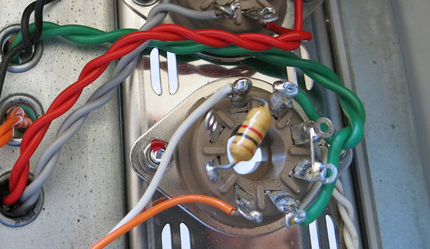
The resistors are the original ones I stripped from the old runners and sockets.
They are German made by Rosenthal (they have an excellent reputation and were used in Radford and Beam Echo amplifiers etc.) who were better known as a porcelain manufacturer. https://en.wikipedia.org/wiki/Rosenthal_(company).
They used the crossed sword logo a lot before going to the colour band identification maybe in the mid 60s? Picture from an earlier Radford.
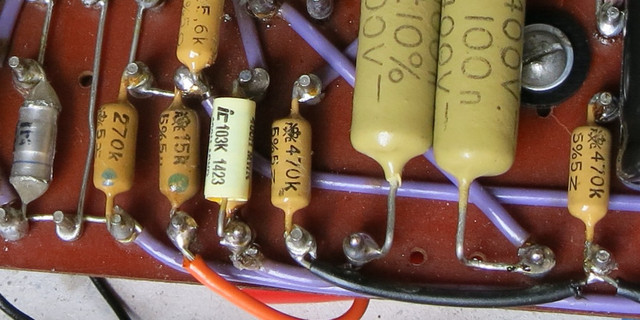
I would have liked the shabby chic look, see my other restos..., but this was just too rusty and scabby to respond to a gentle clean and rub down. There was no undercoat originally so the rust creeps every where and once 'cured' and rubbed off I had no choice but to repaint it. It sort of chose its own route.
I think you are correct with the above post, with so many USA amp makes all with more power and many cheaper, why would anyone choose a Radford in the States? Though they do exist, most I guess are still n the UK and parts of the old Empire...









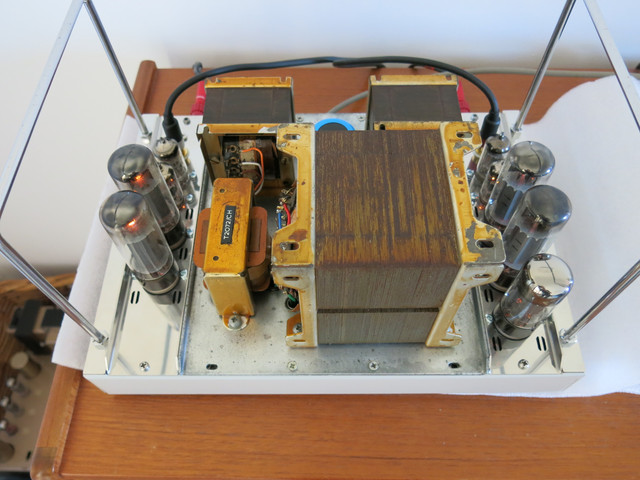
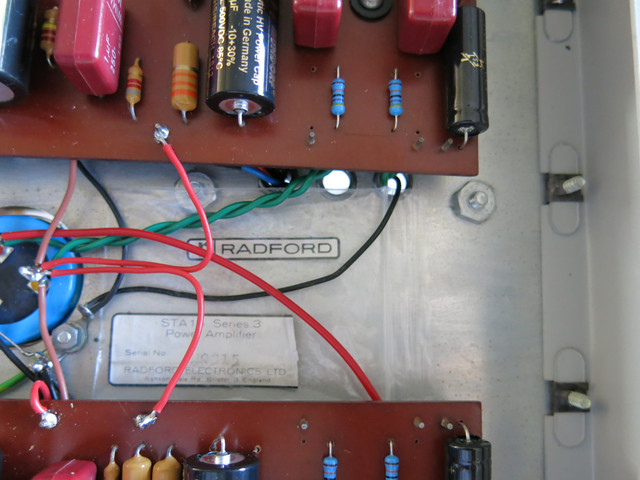



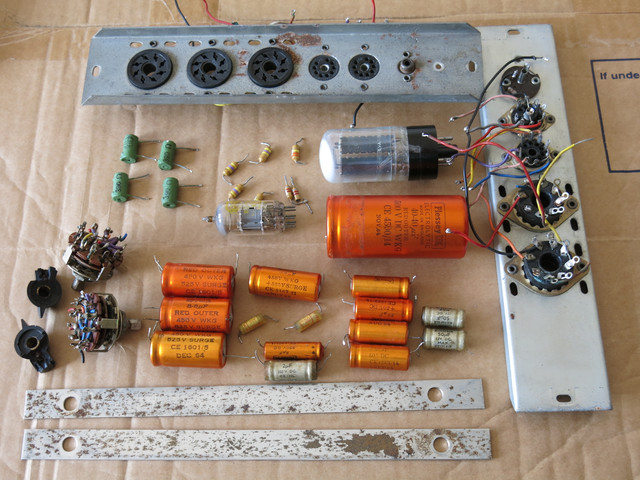

 20210720_161419[1]
20210720_161419[1]
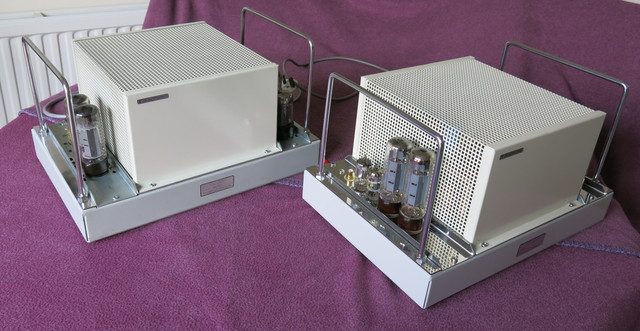

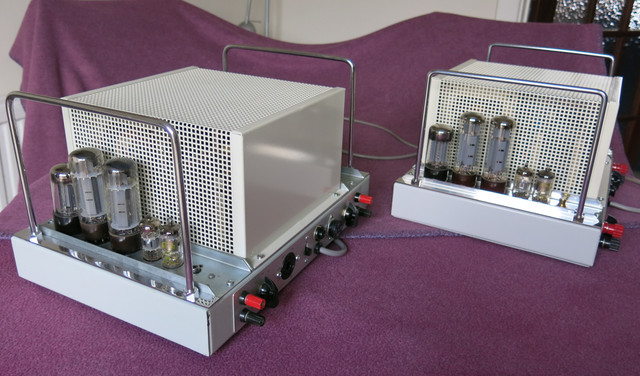

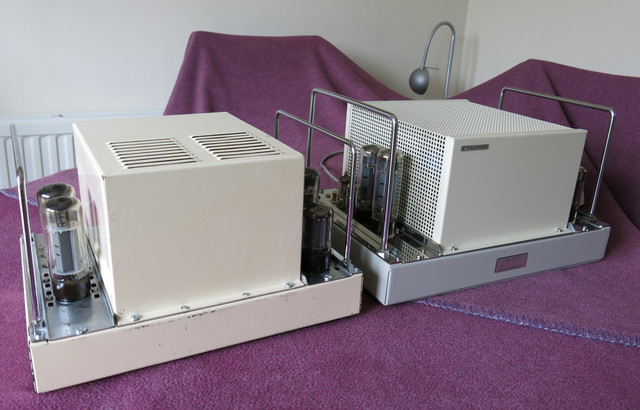


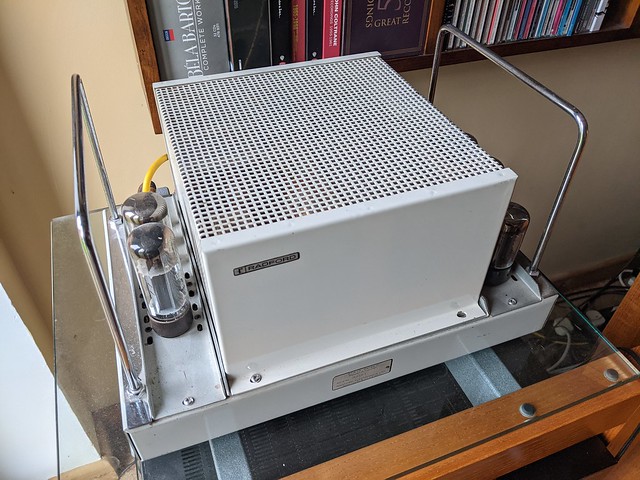
 20210726_100335[1]
20210726_100335[1]